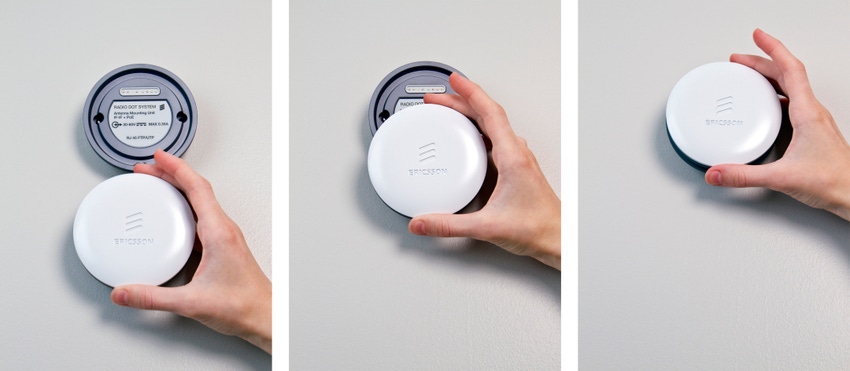US operators will begin trials of an indoor coverage solution provided by Ericsson in Q2 next year, based on a small cell product that weighs just 300 grams. While it has not officially named a first trial partner, a comment provided for the product's launch release puts AT&T squarely in the frame. Sebastian Tolstoy, head of business development and strategy for Ericsson’s radio division told Telecoms.com: "As you can see from the release the first operators we'll go to market with are American operators."
September 25, 2013

US operators will begin trials of an indoor coverage solution provided by Ericsson in Q2 next year, based on a small cell product that weighs just 300 grams. While it has not officially named a first trial partner, a comment provided for the product’s launch release puts AT&T squarely in the frame.
With as much as 70 per cent of mobile data consumption happening inside buildings, operators must look to bolster the indoor performance of their data networks, Ericsson said.
The Radio Dot, which Ericsson said has been under development for two years, connects to indoor radio units over—and is powered by—standard LAN cables, and those radio units connect to a base station. Each radio unit can support up to eight of the Dot antennas.
The solution is intended to address a mid- to large building market, offering superior data performance to Distributed Antenna Systems, according Tolstoy. “DAS are not very scalable, they’re costly and they deliver a poor performance for data services,” Tolstoy told Telecoms.com. “And they don’t scale down to smaller buildings.”
Tolstoy said that a system like the Radio Dot also offered superior performance over wifi because it is integrated with the macro network, using the same operating system and offering feature parity with other Ericsson network solutions.
The solution is WCDMA and LTE compatible, and supports 2 x 20MHz MIMO, delivering 150Mbps in a recent lab trial over a 100m LAN cable, he said.
Despite being announced this week, the solution will not be commercially available until the second half of next year, a timeframe conceived to give operators time to devise strategies for planning, distribution and installation, Tolstoy, said. The first trials are set to begin in the second quarter of 2014 with US operators.
In a statement provided for the launch release, which would appear to confirm AT&T’s involvement, Kris Rinne, SVP for network and product planning at AT&T, said: “Small cells are a key component of AT&T’s Project VIP network enhancement program as we seek to constantly improve our customers’ mobile Internet experience,” Such a solution could give AT&T, “another tool to choose from in its next-generation toolkit,” she added.
About the Author(s)
You May Also Like








.png?width=300&auto=webp&quality=80&disable=upscale)


_1.jpg?width=300&auto=webp&quality=80&disable=upscale)


.png?width=800&auto=webp&quality=80&disable=upscale)